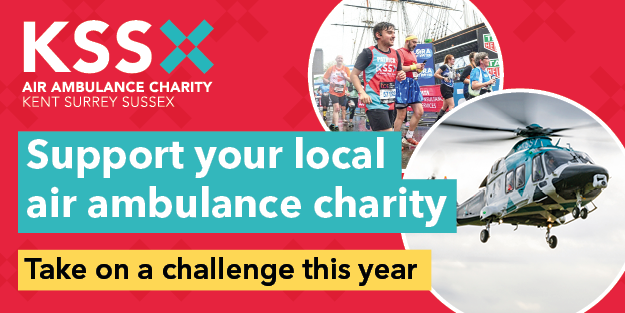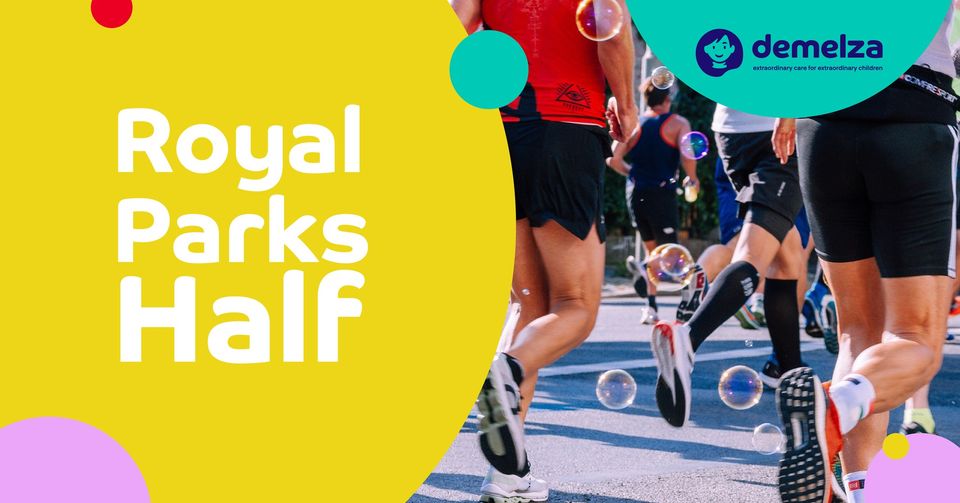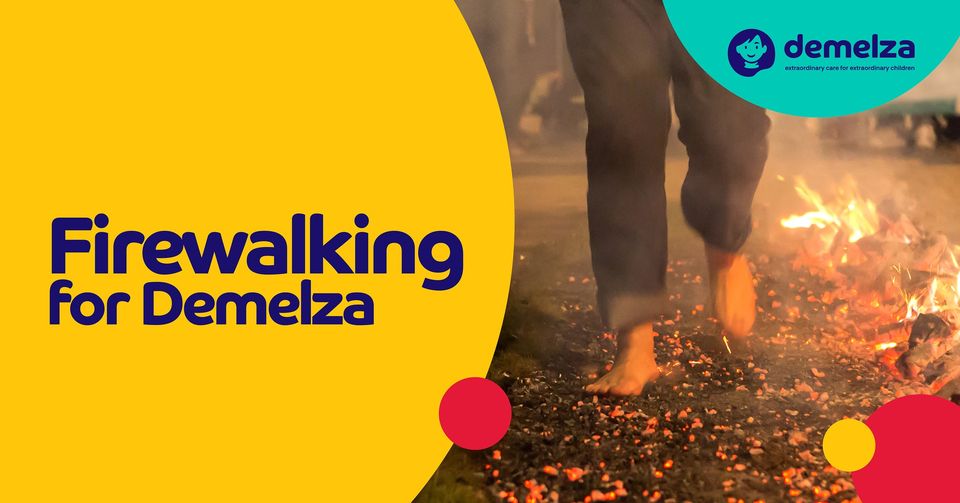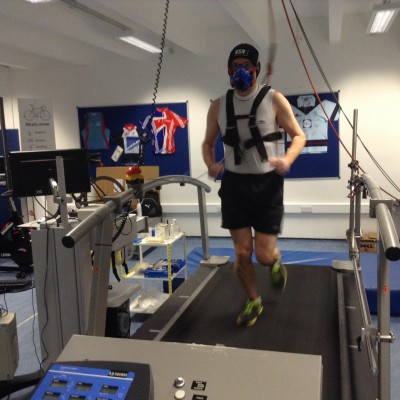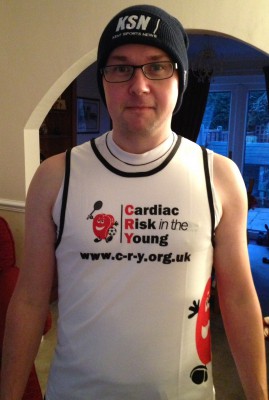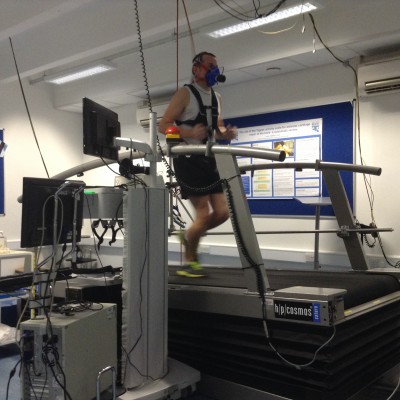In little over two months I will run the Brighton Marathon for CRY UK and to say I’m nervous is an understatement.
Shall I explain how it all started? Well, I went to watch the London Marathon last April and was inspired by seeing so many people running for charity and doing it with a smile on their faces.
With the family, we stood near Cutty Sark for hours, crammed against the railings watching thousands of people plod or dash by. The idea was to watch KMFM newsreader Jo Earle go by, although somehow we managed to miss her amongst the thousands.
We did however manage to catch sight of Gillingham fan Brad Hewitt jog past and that got me thinking.
If they can do it, why can’t I?
Well, time is certainly not on my side having passed forty last year and I thought if I don’t do it now, I never will.
With a couple of 5km runs under my belt in the past few years, I began to think it can’t be that hard to go 26 miles. Surely I was deluded though!
After some investigation into whether I could run London, it soon became apparent that I’d need to find myself a charity to run for and that was the easy bit.
A good friend of mine, Paul Daniels (not the magician) sadly lost his son Ben to a heart condition a few years ago and I felt it was only right that I try and raise funds and awareness for Cardiac Risk in the Young (CRY UK).
They are a fantastic charity doing wonderful things as they look to get more youngsters screened for possible heart defects. Their action alone has already helped more kids than I care to mention.
With my place at the Brighton Marathon all booked, I thought about doing some training and that’s about as far as I got – thinking about it.
I resolved that I would get Christmas out of the way and then begin the long hard slog of trying to get my body in some sort of shape to do the biggest sporting challenge of my life.
Thankfully, taking Herbalife on a regular basis has helped me shift some post Christmas weight and in all I have lost almost a stone as I tone up and get fit.
The past few weeks has seen me pounding the streets of Medway (yes I am the slow one looking horribly out of breath at times).
Saying that, I do feel I am getting a little quicker every time I go out and it is starting to get a little easier with each run around the block.
I’d say I am up to somewhere between three and five kilometres at the moment, which means I have just got to get another forty or so in from somewhere and I will be fine.
Physically I think it is going to be tough, but I am sure mentally it could be even worse.
Because of this, I have sought some advice and help and having the likes of Jack Green (Olympic runner) and Tom Bosworth (20km race walking British Champion) give me some words of wisdom, I thought it only right and proper that I try and give myself the best chance of completing the event without killing myself.
After a few emails, I was put in touch with Andy Galbraith at the University of Kent in Medway where they have a fantastic sports science facility at Medway Park.
This is where the pain really happened. Andy put me through my paces – quite literally. On the treadmill, I had to go through a series of tests where I was set the task of keeping up and not falling off.
I’m pleased to say I did both.
Having run uphill for what seemed like an age (probably just a few minutes), the test was over and that’s where the science kicks in. Andy had been taking blood samples off me every three minutes to see how my body was reacting to the shock of doing some exercise.
I must say I was pleasantly surprised when I received an email a few days later explaining I was in the top thirty per cent for my age. That’s the only statistic that matters to me!
Skimming through the science it seems as though my body wants to do the marathon in just over six hours. I’d be more than happy to make it around whilst it’s still light!
All joking aside, my aim is not to do it in a set time. My true ambition is to do it, enjoy it and most importantly do it and raise some money for CRY UK.
This is where you can all help me. For every pound I am sponsored, I will feel that little bit of encouragement that will hopefully see me make it all the way.
It’s really simple to sponsor me too. Either visit my Just Giving page ( http://uk.virginmoneygiving.com/SteveWolfe – don’t forget to Gift Aid it too) or be prepared for me to collar you with my sponsorship sheet when I see you next.
The clock is ticking. I have just over two months to be ready and without your support I don’t think I can make it.
I’m planning on tweeting and posting updates to Facebook as I go so you can all chart my progress on the day (Sunday April 12th).
In the meantime, if you want to know more about CRY UK, have a look at their website http://www.c-r-y.org.uk/
I’ll be blogging over the next few months and if anyone out there wants to help me get fitter, just shout!
For anyone interested in the science part, here’s what Andy sent me:
University of Kent
School of Sport and Exercise Sciences
Physiological Assessment
Participant Details
| Name | Steve Wolfe |
| Mass | 72.0kg |
| Height | 174.0 cm |
Test Results
| Maximal oxygen consumption | 3.02 | l.min |
| Maximal oxygen consumption | 42.0 | ml.kg.min |
| Lactate Threshold speed | 7.2 | km.h |
LACTATE THRESHOLD
Lactate threshold is the running speed at which there is a sudden and sustained breakpoint in blood lactate. We take this as 1.mmol above your base line values.
Speed Data
Your lactate threshold occurs at 7.2km.h. Over time following training it is possible to see the curve for lactic acid/speed shift to the right. This will mean that you are able to run at the same speed without accumulating as much lactic acid in the blood stream.
VO2max
Your VO2max was 42.0 ml.kg.min. This places you in the top 30% for your age category. However values over 60 ml.kg.min are normal in highly trained endurance athletes and can reach 70 ml.kg.min or above in athletes at the peak of their career.
What this means in training terms
Lactate threshold has been suggested to be the pace that the majority of runners can run a marathon at. For you this currently means aiming to run at around 7km.h seems a sensible pace. 7km.h equates to around 13:45 minute mile pace, which in turn predicts a marathon time of just over 6 hours. In terms of training, improving both your VO2max and your lactate threshold will help with overall marathon completion time. A similar type of training can lead, over time, to improvements in both VO2max and threshold values. Typically covering as much distance as possible in training is a key factor, along with increasing the amount of time you spend training at a speed above your lactate threshold (i.e. – a few higher intensity sessions, or higher intensity sections of your current sessions).

